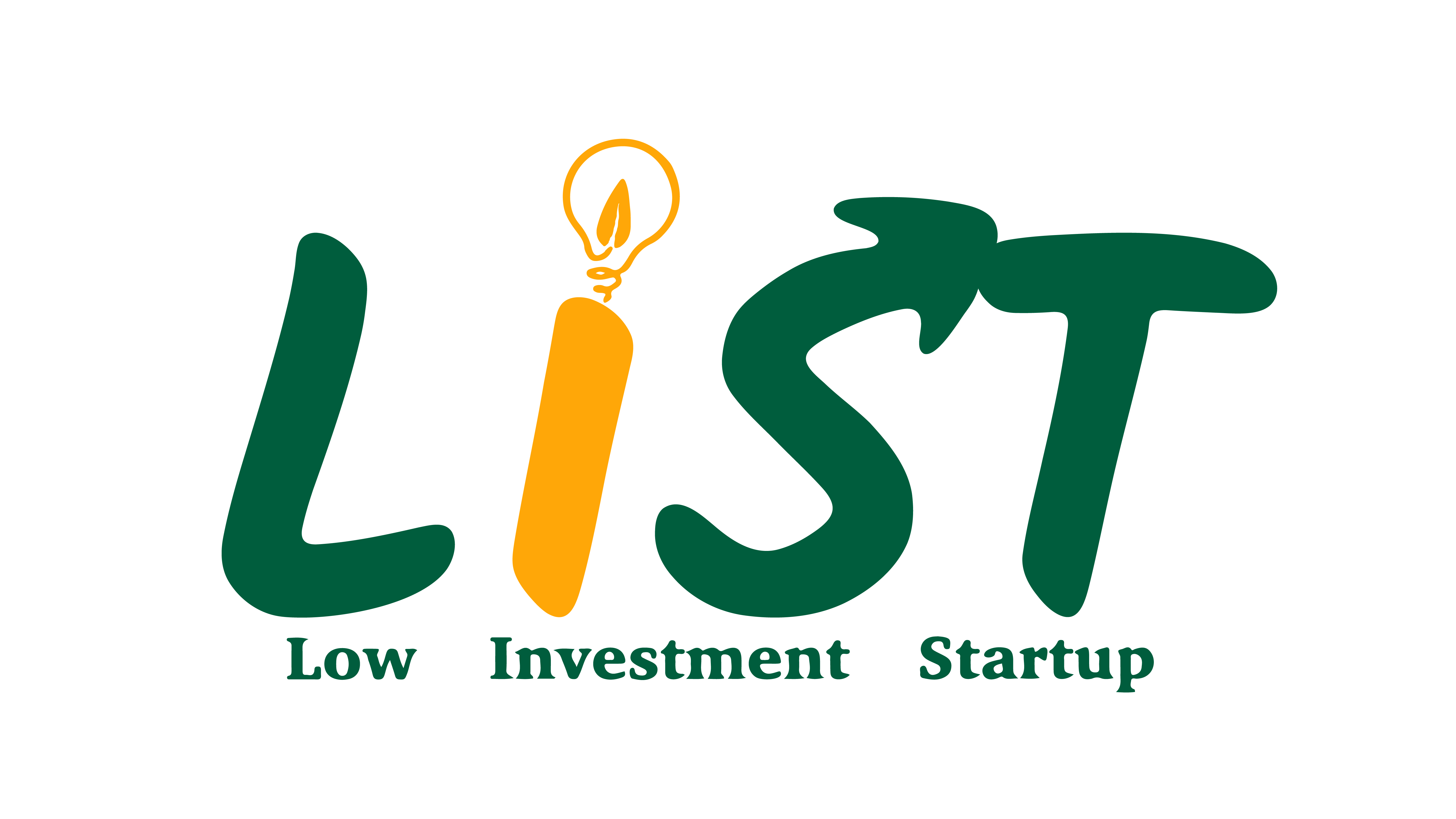Common Pitfalls to Avoid When Launching a Low-Investment Startup
Starting a business can feel like standing on the edge of a thrilling cliff, looking out at the vast possibilities. But just like that jump, the plunge into entrepreneurship comes with its own set of risks. About 90% of startups fail, primarily due to low-investment startup mistakes—a staggering statistic that underscores the importance of preparation and awareness.
So, what are the most common pitfalls that aspiring entrepreneurs fall into? Let’s dive into these traps and, more importantly, the steps you can take to avoid them.
1. Lack of Market Research
What It Is:
Imagine launching a product that no one wants or needs. According to a survey by CB Insights, 42% of startups fail due to a lack of market demand. Yet, many startups dive into development without fully understanding their target market.
Question to Ponder:
Have you taken the time to truly understand your audience and their needs?
Steps to Take:
- Conduct Market Research: Use surveys, focus groups, and competitor analysis to gather data.
- Validate the Idea: Build an MVP (Minimum Viable Product) and test it with a small group of your target audience.
- Adjust and Iterate: Use feedback to tweak your product until it meets market demand.
- Utilize Our Resources: Check out our free templates and tools in the resources section to help streamline your research process.
2. Poor Financial Planning
What It Is:
Money management can make or break your business. Underestimating expenses or failing to secure funding can lead to a cash flow crisis.
Question to Consider:
How well do you know your financial projections and funding options?
Steps to Take:
- Create a Financial Strategy: Include projections for expenses, revenue, and cash flow.
- Secure Funding: Explore options such as loans, investors, or crowdfunding.
- Monitor Cash Flow: Ensure you’re always aware of your cash position.
- Focus on Low Initial Investments: At LIST, we emphasize very low initial investments, preferring bootstrapped startups that reduce expenditure by avoiding fancy offices and full-time talent. Check out our ARROW principles to learn how to manage resources effectively.
3. Building a Product Without Customer Feedback
What It Is:
Launching a product based solely on your vision without customer input is like throwing spaghetti at the wall and hoping it sticks.
Question to Reflect On:
Are you willing to adjust your idea based on real customer input?
Steps to Take:
- Involve Customers Early: Start with surveys or beta testing to get real-world feedback.
- Develop an MVP: Release a simplified version of your product to gather early insights.
- Iterate Based on Feedback: Be open to making adjustments based on the insights you collect.
- Co-Create with Customers: Focus on co-creating products through feedback loops to minimize lean waste of money, time, and resources. Always keep the customer at the center of your development process.
4. Ineffective Marketing Strategy
What It Is:
Marketing is the megaphone for your business. Without a clear and effective strategy, your message may get lost in the noise.
Question to Ask Yourself:
Is your marketing plan well-defined and targeted?
Steps to Take:
- Create a Marketing Plan: Define your target audience, set clear goals, and select key marketing channels (social media, email, SEO).
- Leverage Low-Cost Marketing Tactics: Focus on content marketing, organic social media, and community building.
- Measure and Adjust: Use analytics to track performance and optimize your campaigns.
- Understand Marketing Takes Time: Build your brand with a proper marketing plan. Test, optimize, and focus on building a community for trust and satisfaction. Even a strong marketing effort can fail due to operational or technical faults, so conduct consistent checks.
5. Scaling Too Quickly
What It Is:
Rapid growth can be intoxicating, but scaling too quickly can lead to operational chaos and diminished quality.
Question to Contemplate:
Are you ready to scale, or is your foundation still shaky?
Steps to Take:
- Validate Product-Market Fit: Ensure you have repeat customers and consistent demand before scaling.
- Set Scalable Systems: Automate processes like inventory management, customer support, and marketing.
- Grow Gradually: Test your ability to manage demand before making bigger moves.
- Prioritize Automation Before Scaling: This ensures smoother operations as you grow, reducing the risk of being overwhelmed by sudden changes.
6. Ignoring Team Dynamics
What It Is:
A startup is only as strong as its team. Overlooking the importance of a cohesive, motivated team can lead to internal conflicts and inefficiency.
Question to Consider:
Have you invested enough in building a strong team culture?
Steps to Take:
- Hire Smart: Look for people who align with your company’s values and culture.
- Foster Open Communication: Hold regular meetings, provide feedback, and encourage collaboration.
- Build a Positive Culture: Create an environment that motivates and supports your team.
- Avoid Favoritism: Provide constructive feedback to all team members to foster a balanced work environment.
7. Lack of Flexibility
What It Is:
Sticking rigidly to your business strategy when the market shifts can lead to stagnation.
Question to Reflect On:
How adaptable is your business model to changing circumstances?
Steps to Take:
- Be Ready to Pivot: If market conditions, technology, or customer preferences shift, don’t hesitate to change course.
- Test New Ideas: Experiment with new features or markets on a small scale before committing.
- Stay Informed: Keep an eye on industry trends and competitors to spot changes early.
Avoiding these common pitfalls can significantly enhance your chances of startup success. The entrepreneurial journey is filled with learning opportunities, and each challenge can provide valuable insights. By addressing these pitfalls, you’ll be well on your way to building a sustainable and successful business.
Ready to turn your startup vision into reality? Enroll in our Low-Investment Startup Training Program today and get started with actionable tools and mentorship!




